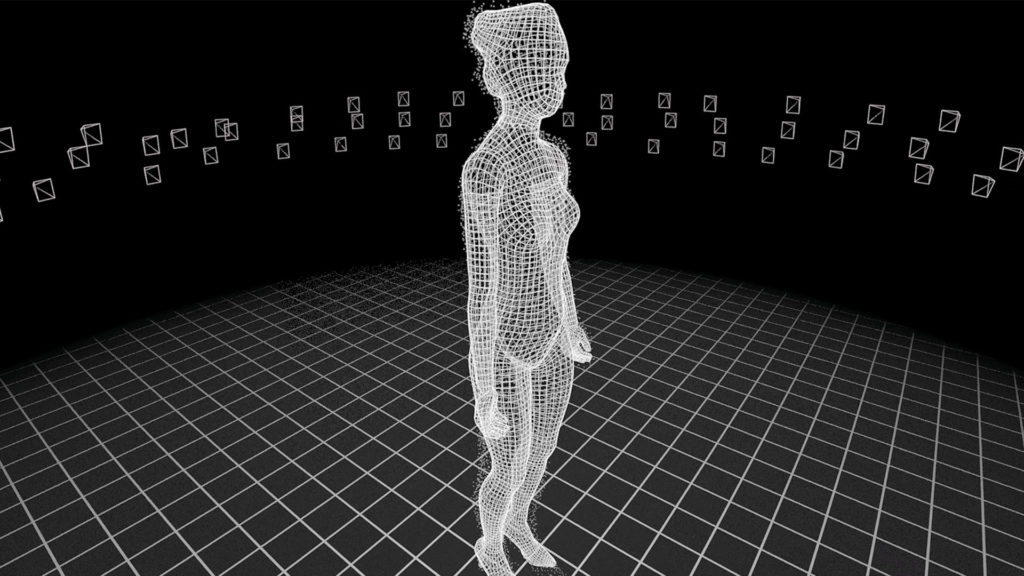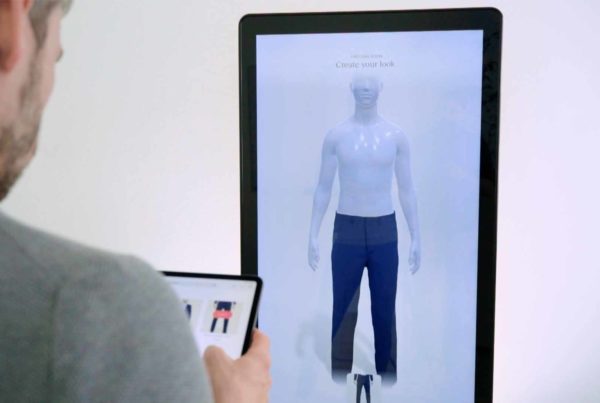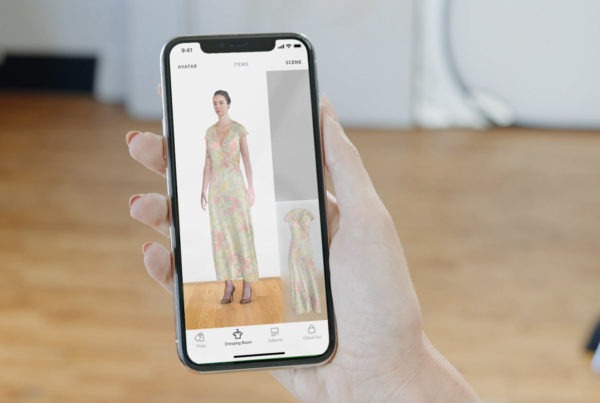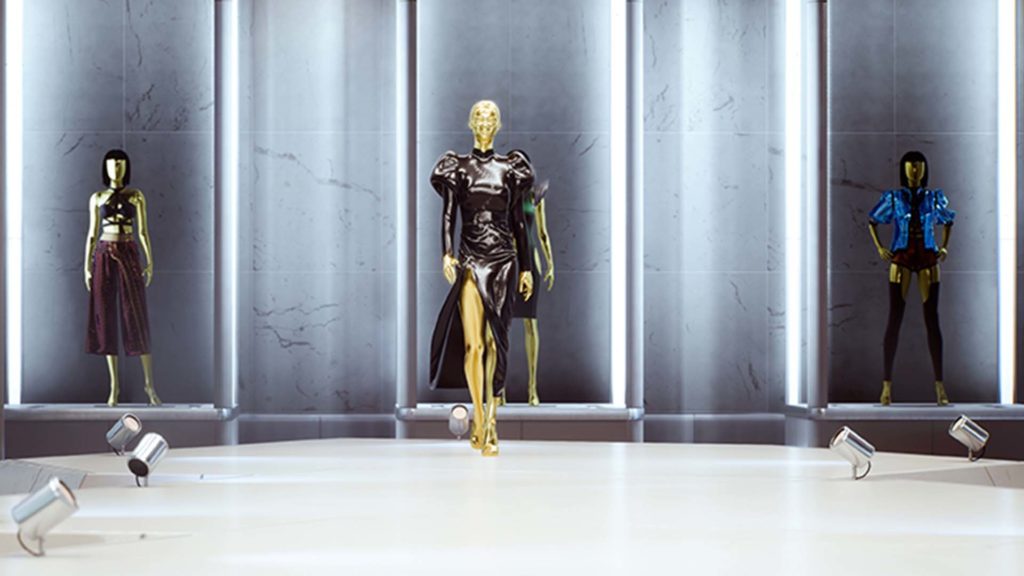
Long before Facebook’s Meta, in 1992, author Neal Stephenson first described the metaverse in his cyberpunk novel, Snow Crash, as “an online, VR-ish world where the inhabitants of humankind could interact and escape the dystopian unpleasantness of meatspace”. Since then, XR industries have grown exponentially as technology and the internet have improved. While it may be a while before we see the metaverse fully actualised, the past few years alone have shown us the potential of immersive technology.
Virtual reality, augmented reality, and mixed reality industries all hold an extraordinary capacity to enhance consumer experiences. As such, it’s no surprise that big names – whether that be designer brands, such as Gucci and Balenciaga, or everyday retailers, such as Walmart and Amazon – are embracing the metaverse and Web3 in one way or another.
More than ever, we are closer to reaching Stephenson’s vision – a metaverse underpinned by the core components of personalised avatars and virtual fashion. At Reactive Reality, we are proud to be facilitating this digital transformation, helping to redefine the customer experience when shopping both online and in-store, through omnichannel platforms and personalised technology that offers unique shopping experiences for every individual.
To discuss the future of fashion in the metaverse, we spoke with our own lead developer, Phil Gosh, and technical artist, Johanna Böhm-Eberlein, two leading experts helping make photorealistic digital garments a reality, about the ways that current and future technology will redefine customer experiences and even the way that we dress.
Phil states “there isn’t just one metaverse. There are, in fact, a variety of approaches that are scattered everywhere, across different companies, communities and even different platforms”. Phil believes “to be metaverse-ready primarily means that a company has optimised 3D models and garments to the extent that they run well on a variety of platforms such as smartphones, VR glasses, desktops, and PCs”.
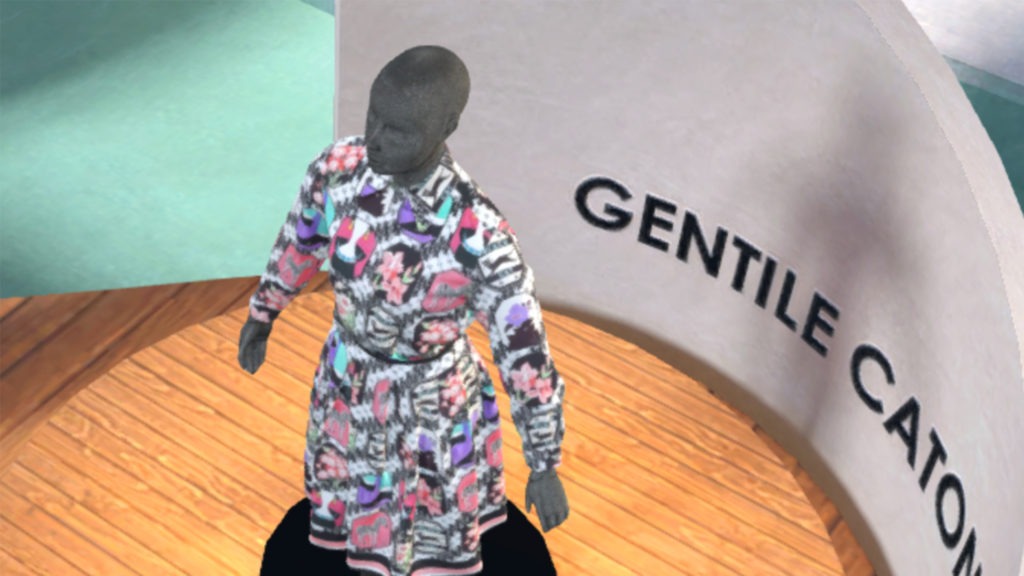
Our Role in the Digital Fashion Industry
This is exactly the approach we have taken with our virtual try-on platform, PICTOFiT, which has already enabled many important players within the fashion industry to implement consumer engagement technologies like AI and AR into their offerings. We have engaged in multiple projects which help brands and retailers present their collections at virtual shopping malls, virtual fashion shows and directly on e-commerce sites.
Notably, during Milan Fashion Week, PICTOFiT was used by up-and-coming fashion designers to further their new collections into a digital format, allowing them to exhibit in both the physical and digital worlds. Reactive Reality has also collaborated with Microsoft and the London College of Fashion to create the Digital Human Stylist. The stylist, a lifelike digital twin of the online shopper, is an animated AI-voiced assistant with the ability to understand daily outfit decisions, not only in terms of size and fit but also individual taste, style, and occasion.
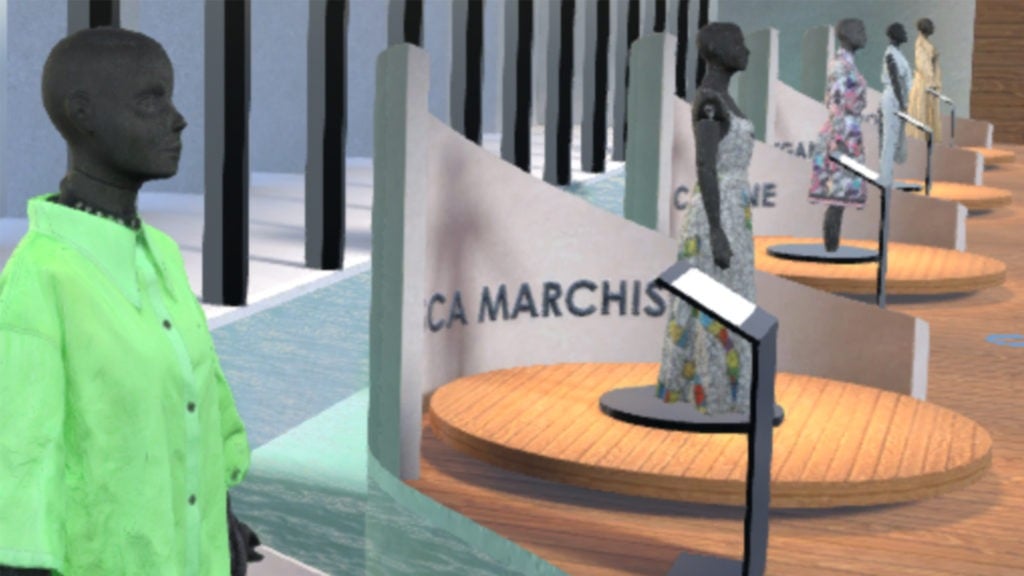
Higher Levels of Customisation and Creativity
The metaverse is already bringing higher levels of customisation and creativity and this trend is certainly set to continue. Personalised avatars with digital clothing will become a fundamental aspect of the future online landscape as the metaverse is an ‘embodied internet’, where people will want to express themselves through their appearance, just like in real life.
Not too long ago, Meta announced the launch of its very own Avatar Store, with a bobble-headed Zuckerberg modelling digital clothes by Prada, Balenciaga, and Thom Browne. Now, we are witnessing the beginning of a whole new digital fashion boom as brands and retailers race to use online avatars to engage the next generation of consumers.
Immersive technologies are the ultimate instrument for expression and creativity, as they are not confined by real-life limitations. At Reactive Reality, we are poised to facilitate a smooth transition into this new, online world allowing users to experiment with limitless combinations of clothes on their own lifelike avatars.
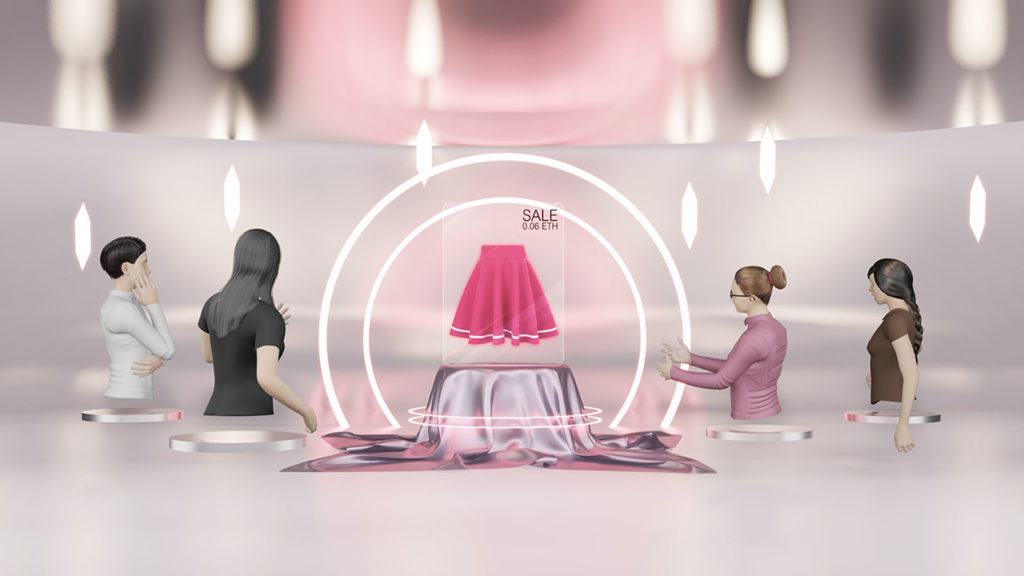
The Methodology Behind Virtual Clothing
Johanna explains how “there are two main input variants that make hyper realistic fashion possible in the digital world”. The first of which is captured garments, where real-life clothing is captured through photogrammetry. At Reactive Reality, this is how we digitise our partner’s stock for ecommerce sites. The second of which is computer aided design (CAD) in which developers essentially produce sophisticated 3D drawings.
According to Phil, “regardless of input technique, the real challenge lies in perfecting advanced rendering methods which can scale virtual clothing to different body types whilst still reproducing the lifelike appearance of products. For example, the way different garments sit on the human body, the reflections on a shirt button or complex reflective materials like satin and leather. Avatars, whether an accurate reflection of their user or not, come in all shapes and sizes”.
For developers, varying body types present a real challenge in terms of getting clothing to appear and fit as it would in real life. Phil states “this only increases in complexity when considering different combinations of layered garments; not to mention the movement of avatars which can cause the distortion of deformation of clothing, ultimately breaking user immersion”.
At Reactive Reality, we are working hard with talented developers such as Phil and Johanna who are making the accessorization of online identities possible. While the mainstreaming of the metaverse and Web3 will take time, one thing is clear; virtual embodiments are here to stay and we will be the platform clothing them.
